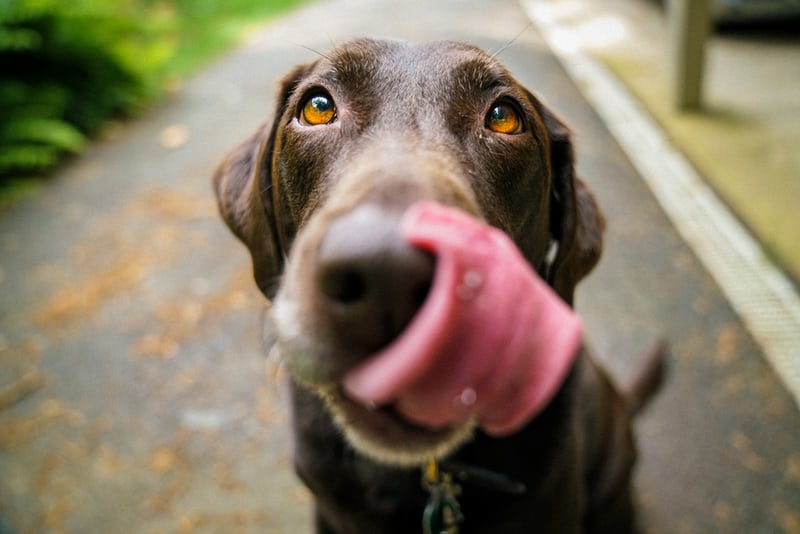Dogs over the age of ten are most likely to be diagnosed with mouth cancer; however, it can also develop at any age. Some types quickly metastasize to other body areas and grow at an alarming level, even hitting the hiding bone. In this post, we will explore some signs that may indicate your dog has mouth cancer and the potential methods for treatment.
What is mouth cancer in dogs?
The mouth cavity of our dogs is made up of several kinds of cells, including skin, fibrous, and bone cells, just like the human mouth. The appearance of cancer in any of these cells triggers them to alter and multiply uncontrollably, leading to lumps that can infect and penetrate connecting healthy cells.
While some cancers progress slowly and are unlikely to spread, others can swiftly travel from one area of your dog’s body to another. Melanoma, squamous cell carcinoma, and fibrosarcoma are the three most common forms of oral cancer in dogs. Visit an internal medicine vet in Charlotte if you want to learn more.
What are the symptoms of mouth cancer in dogs?
Mouth cancer in dogs typically manifests with the following signs:
- Excessive drooling
- Loose teeth
- Enlarged lymph nodes in the neck
- Blood coming from the mouth
- Dental discomfort
- Bad breath
- Weight loss
- Puffy or deformed areas on the face
- Obvious mass in the mouth
- Problem chewing or drinking
How do veterinarians treat dog oral cancer?
Mouth cancer in dogs is commonly treated with surgical procedures. Your pet’s cancer might be curable by surgery if it is detected early enough and if the lump lies in an easily accessible area. Some dogs with advanced cases of mouth cancer may need extensive surgical extraction of their jaw to eliminate the problem.
After surgery, your vet might offer radiation treatment or immunotherapy to help eliminate cancer cells and speed up the recovery method. If your pet’s oncologist can not remove the lump surgically because of its advanced level or place, radiation therapy may be used instead or along with a surgical procedure. Dogs getting radiation treatment for mouth cancer may experience short-term mouth irritation, including redness, inflammation, and ulceration; nevertheless, these signs typically go away within a week. Visit a website link like https://www.quailhollowvet.com/site/veterinary-services-charlotte/dentistry to learn more.
What does dog oral cancer look like?
Mouth cancer can appear in a variety of ways depending on where they have arisen; however, they most frequently show as lumps or swellings anywhere in the mouth, most commonly on the gums and roof of the mouth. These tumors tend to hemorrhage and burst open, making the patient susceptible to infection.
The dimension, kind, placement, and strength of your dog’s lump all play a role in how it feels and look; however, lumps in the mouth can be darker in color than the surrounding tissue or non-pigmented, and they could appear as soft swellings or more cauliflower-like in shape.
How long can dogs live with oral cancer?
Numerous issues, including the tumor’s spot, its progression stage at diagnosis, and the dog’s general health, influence how long a dog with mouth cancer can expect to live.
Surgery could successfully treat a lump if it is detected early enough. Unfortunately, mouth tumors in dogs are commonly misdiagnosed until the cancer has expanded. A lot of these dogs have a life expectancy of 12 months after diagnosis with correct care, at which point euthanasia is the most gentle option. If you notice something different in your dog’s teeth, don’t hesitate to bring them to a puppy and kitten vet.



